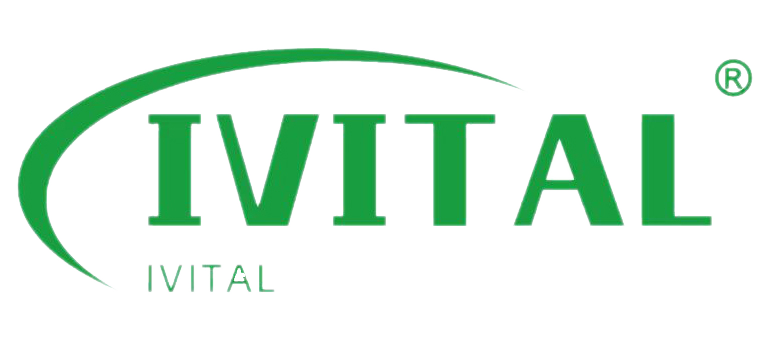Are You Getting the Best Value from Your Hand Pallet Truck Supplier?

I’ve chased “low-cost” pallet jacks that ended up costing more in repairs and delays. A good pallet truck supplier delivers more than a low price—they offer consistent quality, fast response, warranty coverage, and support. That’s real value—not just savings. Let’s break down what separates a reliable supplier from a risky one—and how brands like IVITAL […]
How Does a Hand Pallet Truck Compare to an Electric Pallet Truck?
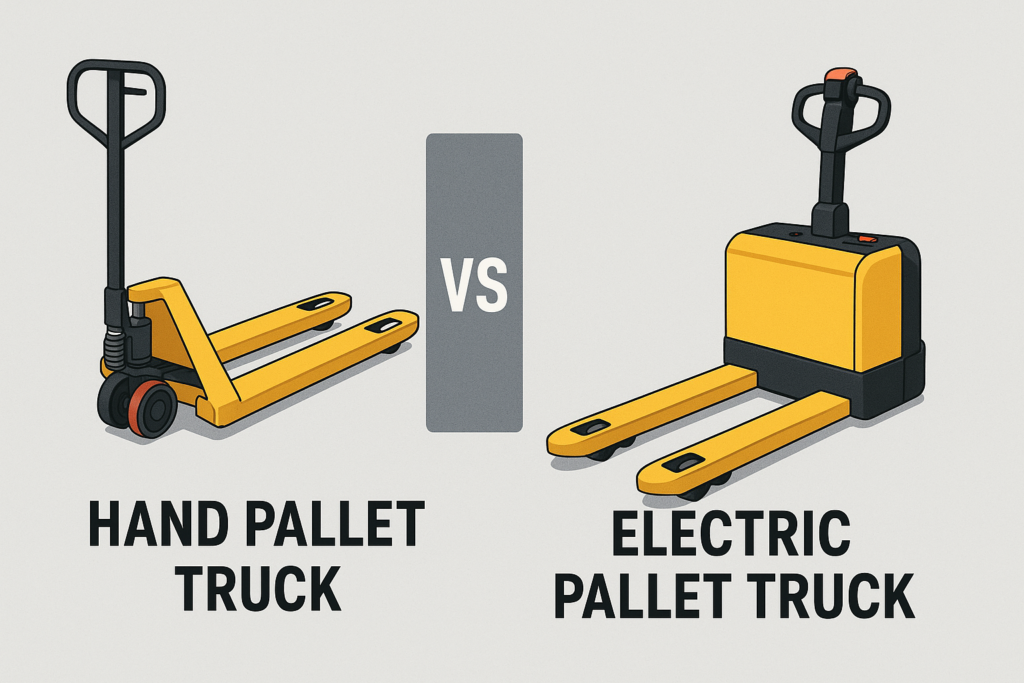
We needed more speed—but I didn’t want to double the budget for a powered jack. Manual pallet trucks are ideal for short distances and light loads, while electric models handle heavier use with less strain. Your choice depends on budget, space, and load volume. Let’s compare the two based on cost, performance, and practicality—plus where […]
What Are the Common Problems with Hand Pallet Trucks and How Can You Avoid Them?
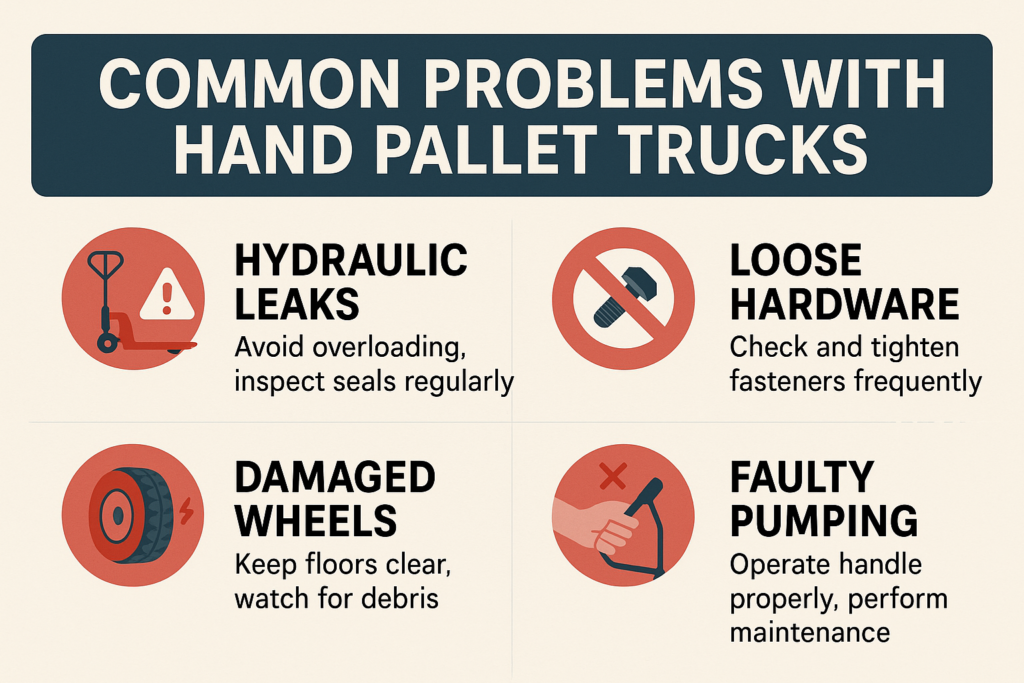
I’ve dealt with jammed wheels and stuck hydraulics—usually at the worst possible time. Common pallet jack problems include oil leaks, poor lifting, and worn wheels. Monthly maintenance, quick inspections, and using durable models like those from IVITAL can prevent costly downtime. Let me walk you through the issues I’ve seen most—and how to fix or […]
Why Do Global Buyers Prefer Chinese Hand Pallet Trucks for Wholesale Orders?

I used to overpay for local pallet trucks—until I started sourcing directly from China. Global buyers prefer Chinese hand pallet trucks for their low cost, strong manufacturing capabilities, and compliance with global standards like CE and ISO—ideal for large-scale wholesale and export. Let’s break down why China became the go-to source, and how companies like […]
How to Choose a Hand Pallet Truck That Meets Your Industry’s Certification Standards?
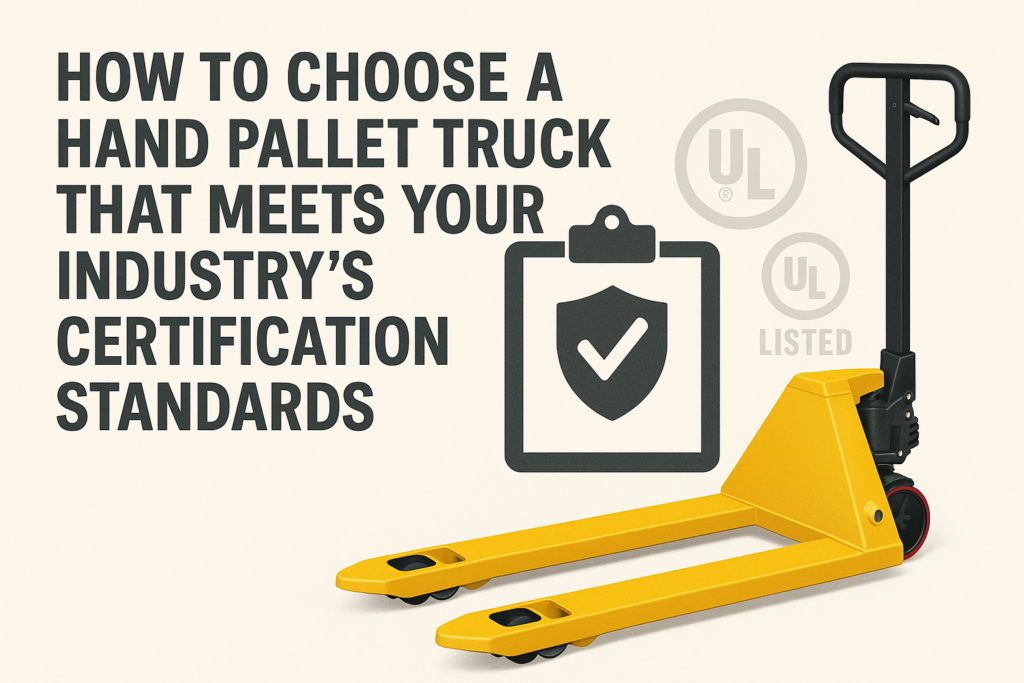
I once purchased cheap equipment—until an audit flagged us for missing CE markings. To meet certification standards, choose pallet trucks with CE/ISO labels, supplier-issued compliance documents, and clear proof of testing. Certified manual pallet trucks reduce legal risk and protect workplace safety. Let’s go over what counts as “certified,” and how brands like IVITAL meet […]
Can a Customized Hand Pallet Truck Solve Your Material Handling Challenges?
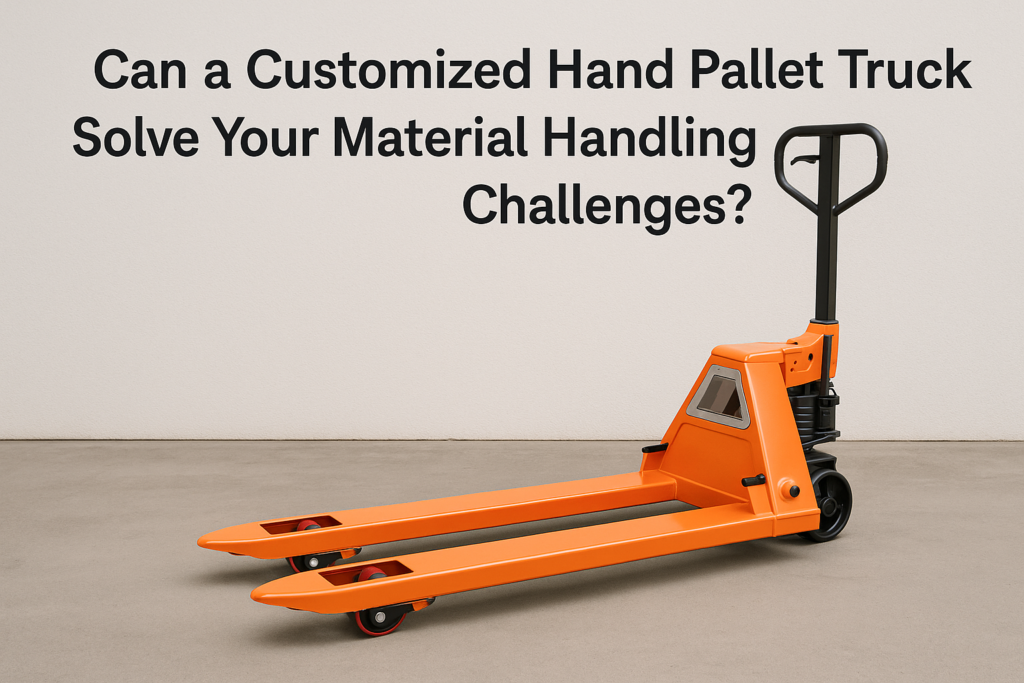
Standard jacks didn’t fit our pallets—and we paid for it in delays and equipment strain. Customized hand pallet trucks solve unique handling problems by adapting fork size, wheel type, and load specs to match your workflow. Tailor-made solutions reduce damage, boost safety, and improve speed. Let’s look at when customization matters most—and how brands like […]
Which Type of Hand Pallet Truck Is Best for Export Operations in Shipping Companies?
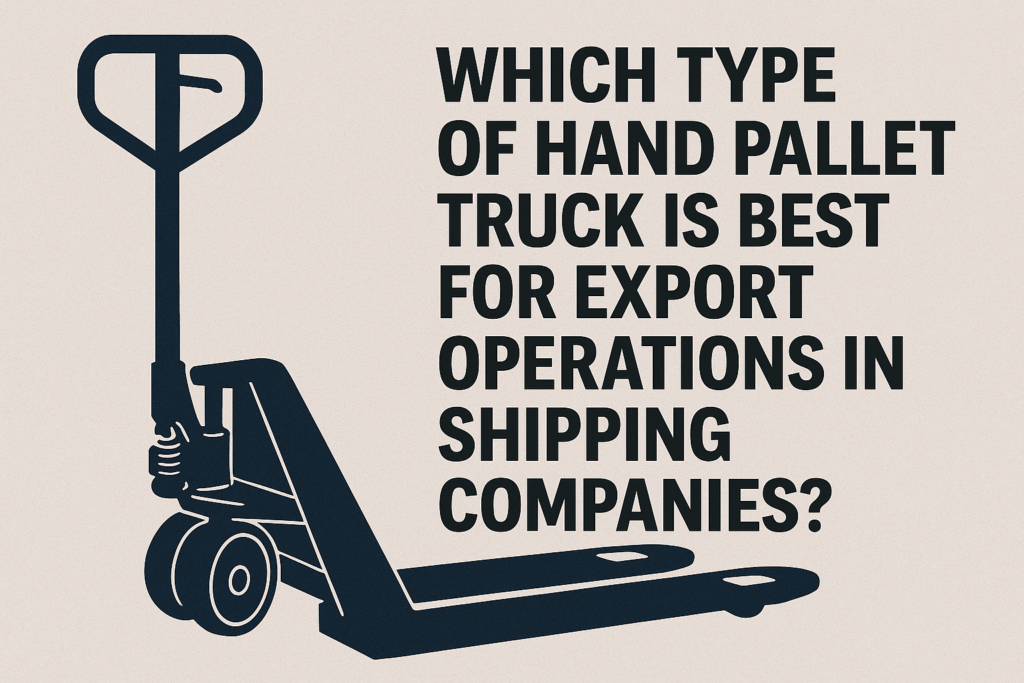
Salt, moisture, and non-stop use ruin ordinary pallet trucks. I’ve seen export operations grind to a halt due to corroded gear. Stainless steel, galvanized, and powder-coated pallet trucks are best for export because they resist corrosion, withstand heavy use, and stay reliable on docks, ships, and in humid storage areas. Let’s break down which model […]
How Do Hand Pallet Trucks Improve Safety and Reduce Costs in Manufacturing?
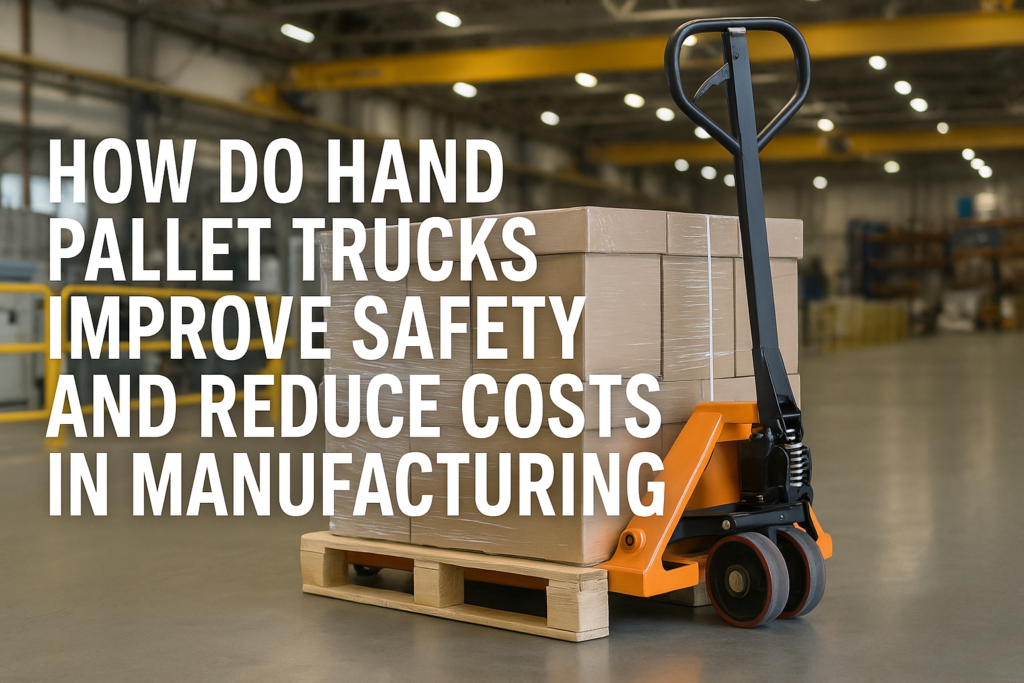
Unsafe lifting tools slow production and raise accident risks. I’ve seen small errors lead to big costs in my plant. Ergonomic hand pallet trucks reduce injuries, lower fatigue, and improve load handling. With the right training and specs, they prevent strain, avoid tipping, and boost safe transport across manufacturing floors. Here’s how I helped our […]
Is Your Warehouse Using the Right Hand Pallet Truck for Maximum Efficiency?
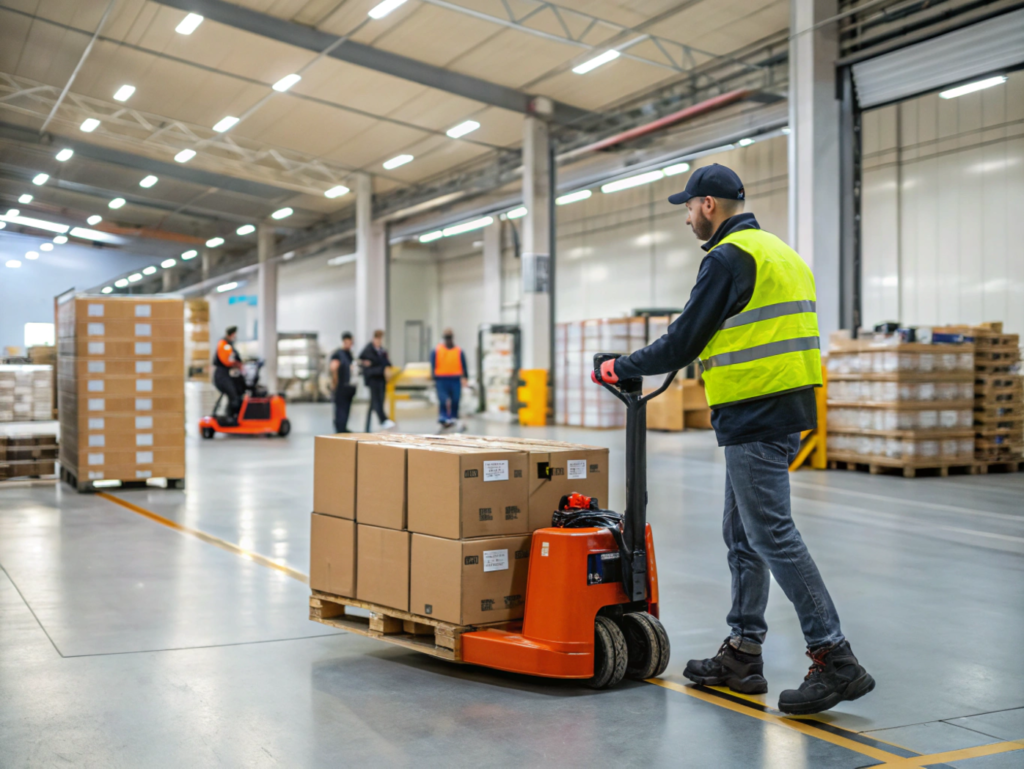
Wrong pallet jacks slow everything down. I’ve wasted hours because our gear didn’t match our space. The right hand pallet truck improves efficiency by matching your load, layout, and team’s needs. It moves better, lasts longer, and works smarter. Let me show you what I learned the hard way—so you don’t have to make the […]
How to Train Your Team to Follow Safe Working Load Guidelines?
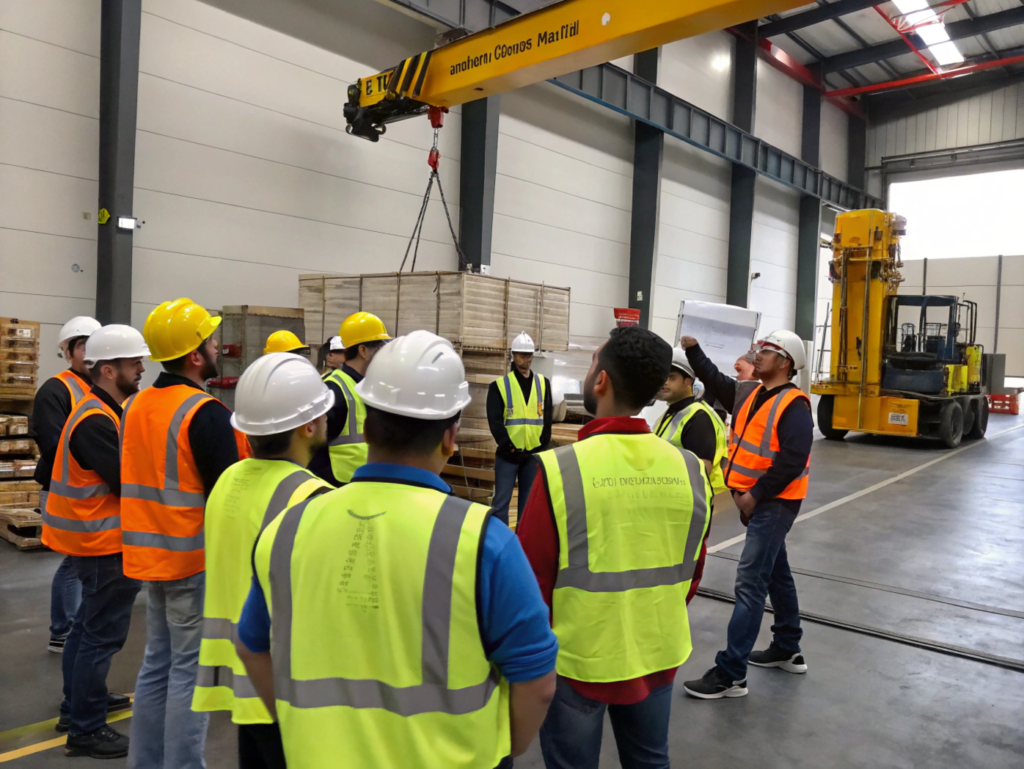
Lifting gear doesn’t fail—until someone skips the training. And then the cost is more than just downtime. Effective SWL training teaches teams how to assess loads, read capacity tags, use rigging correctly, and follow safe lifting practices under real-world conditions. I once watched a greenhorn rigger unknowingly rig a sling at the wrong angle—putting double […]
